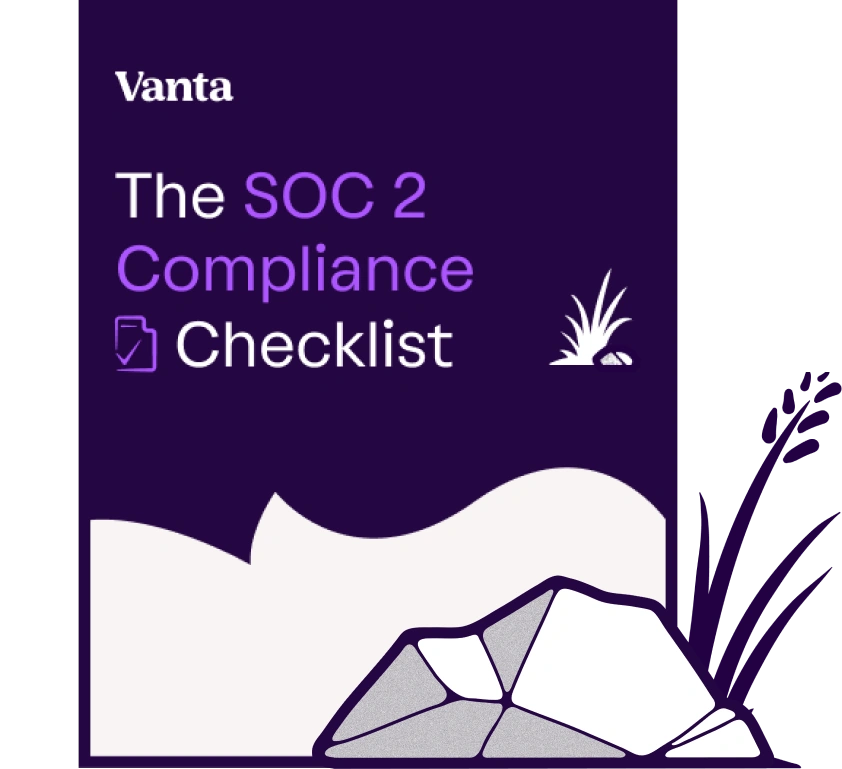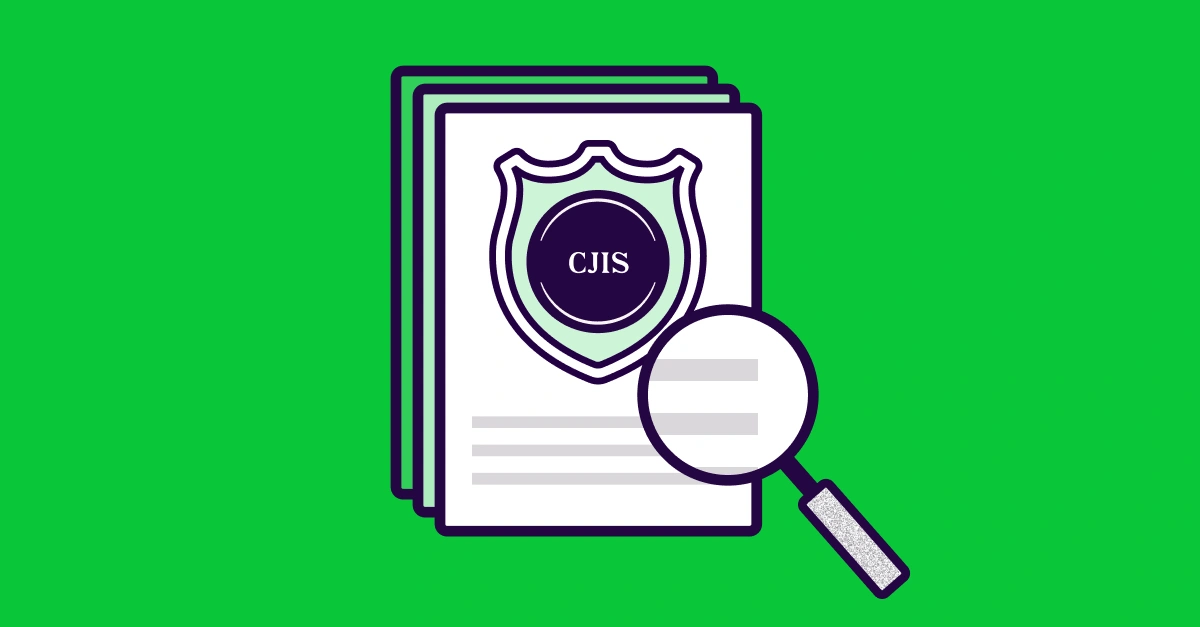Share this article

Your complete guide to compliance management software
Accelerating security solutions for small businesses Tagore offers strategic services to small businesses. | A partnership that can scale Tagore prioritized finding a managed compliance partner with an established product, dedicated support team, and rapid release rate. | Standing out from competitors Tagore's partnership with Vanta enhances its strategic focus and deepens client value, creating differentiation in a competitive market. |
The regulatory landscape is constantly evolving to address new technologies and risks. As a result, organizations must navigate an increasing number of frameworks to protect their systems and data.
Manually managing complex compliance workflows, such as control effectiveness monitoring, can lead to inconsistent documentation, human error, and costly audit failures.
Compliance management software helps reduce these risks by automating repetitive tasks such as evidence collection, allowing your teams to focus on higher-impact tasks.
In this article, you’ll get a complete overview of how compliance software supports your organization and learn:
- What compliance management software is
- Essential features to consider
- Key benefits
What is compliance management software?
Compliance management software is a tool that helps organizations achieve and maintain compliance by automating key workflows such as evidence collection, control monitoring, and requirement tracking.
Through automation, compliance management software streamlines compliance efforts, increasing scalability and efficiency. It also accelerates the speed at which an organization can respond to regulatory changes, minimizing the risk of non-compliance.
An example of a common use case for compliance management software is an organization leveraging it to meet GDPR requirements. By automating evidence collection and monitoring data handling, these organizations can maintain the documentation needed to demonstrate compliance to auditors and avoid substantial fines or reputational damage.
{{cta_withimage26="/cta-blocks"}}
What are the essential features of compliance management software?
Compliance management tools offer a range of features that assist your organization’s compliance efforts, most notably:
- Risk assessment: Evaluate and identify risks for your organization, allowing you to address them proactively. This helps create a prioritized roadmap of risks and allocate resources more efficiently.
- Policy management: Assist in the creation, implementation, and management of existing compliance policies, allowing for implementation at all organizational levels.
- Reporting tools and analytics: Analyze system and user behaviors to generate detailed, up-to-date reports that can provide actionable insight into your organization’s compliance performance and identify emerging risks early.
- Audit management: Streamline auditing by creating clear timelines, tracking findings, and managing remediation efforts.
- Automation and integration capabilities: Automate repetitive tasks, allowing your compliance teams to focus on higher-priority assignments. Integration capabilities provide accurate data insights and enable a holistic view of compliance efforts.
Key benefits of compliance management software
Once your chosen compliance management solution is fully integrated with your organization’s systems, it provides several key benefits, including:
- Streamlined risk assessments and mitigation: Compliance management software enables a real-time, holistic overview of your organization’s systems, allowing you to identify risks as they emerge. By leveraging compliance management solutions, you can prioritize and address risks and vulnerabilities before they escalate.
- Real-time monitoring: When manually generating reports, your compliance and security teams often have to collect information across disparate systems, creating a point-in-time view of your current compliance status. Compliance software allows you to generate real-time insights and more easily identify areas that must be immediately addressed.
- Audit log management: Demonstrating your compliance efforts to auditors with clear evidence is essential for successful audits. Compliance management software can automatically organize documentation, track any changes, and monitor actions your stakeholders take, ensuring transparency during audits.
- Improved efficiency: Before the introduction of compliance software, companies would pay for a readiness assessment, which could take more than a month. Compliance management solutions can now guide an organization through a self-assessment process in a fraction of the time, making both pursuing and securing ongoing compliance significantly more efficient.
- Operational cost reduction: Compliance software reduces the need for additional full-time staff or costly outside experts by offering clear guidance for pursuing frameworks like HIPAA and NIS 2. It also frees up your existing security team to focus on higher-value tasks and reduces the likelihood of human error.
{{cta_simple29="/cta-blocks"}}
How to choose the right compliance management software
The market offers various compliance solutions designed to address specific issues faced by organizations in different industries. When choosing compliance software, examine how it meets your needs according to these key criteria:
- Scalability: Assess your organization's growth strategy and timeline. Your chosen software needs to scale easily as the regulatory landscape evolves and your business expands.
- Supported frameworks and customization options: Compliance software usually offers products that support specific frameworks and regulations. Consider whether these address your needs and if you can easily customize them to match your organization’s policies.
- Industry-specific requirements: Your organization will have to meet different regulatory and compliance requirements depending on your industry. Your chosen compliance solution should offer features that streamline these efforts.
- Cost-to-feature ratio: Evaluate the solution's cost of ownership. Ensure that the licensing and subscription fees are within your budget and that the features offered justify the cost.
- Automation and monitoring tools: Look for tools that enable continuous control monitoring and workflow automation to streamline compliance tasks and reduce your stakeholders' manual workload.
{{cta_withimage25="/cta-blocks"}}
5 steps for effectively implementing compliance management software
Implementing a compliance management solution requires careful planning and execution, typically broken down into five key steps:
- Assess the scope of implementation
- Evaluate available compliance management software
- Create stakeholder workflows and provide training
- Establish tracking mechanisms
- Schedule software optimizations
We’ll elaborate on each of these in the sections below.
Step 1: Assess the scope of implementation
Before implementing your chosen solution, assess the scope of your compliance management needs. This requires establishing the frameworks your organization is pursuing and the complexity and volume of controls and information you handle.
With this insight, you can more accurately define the primary objective of implementing the software and the specific pain points it needs to address. For example, if your organization is currently pursuing HIPAA compliance, implementing software that strongly supports continuous monitoring, access controls, and data security would best align with your needs.
Step 2: Evaluate available compliance management software
Once you clearly understand your organization’s needs, evaluate your existing network infrastructure and tech stack. Compliance solutions vary in compatibility, so identifying which ones can integrate effectively with your systems is essential.
It’s key that you conduct a thorough evaluation before you begin with integrations. Discovering that a key service, such as a cloud provider, is unsupported will lead to increased workflows outside of the software, reducing its value.
When comparing existing compliance solutions, consider your organization’s risk appetite as well. Implementing third-party software may be significantly more cost-effective than creating it in-house, but it also opens up your organization to third-party risks that can substantially affect the opportunity cost if not addressed.
The most effective approach at this stage is to communicate with stakeholders in different departments. Their input helps define the key requirements your compliance software needs to address, making it easier to identify the optimal solution.
Step 3: Create stakeholder workflows and provide training
After you’ve selected the compliance solution that best fits your organization’s needs, build the foundation for your stakeholders to use the software effectively.
To do this, you should first develop workflows for procedures like evidence collection, risk assessments, and policy attestation. Having clear, unified documented guidelines provides relevant stakeholders with everything they need to ensure that compliance is managed effectively and equally at all levels of the organization.
Training is another essential part of this step. Provide your team with comprehensive guidance on the software’s features and how to use them to improve operational effectiveness.
Due to software updates, new hires, and department changes, you may have to revisit training regularly to ensure all stakeholders are up to date. Creating training materials, platform walkthroughs, and FAQs can streamline this process and help team members get up to speed quickly.
Step 4: Establish tracking mechanisms
Compliance is not a one-time task. After achieving compliance or certification, your organization must continuously meet all relevant requirements. Create a central dashboard that will give your compliance team a clear, real-time view of your security posture.
Establishing and analyzing metrics can be particularly helpful for this step. They can provide a clear overview of how each aspect of compliance changes over time, allowing you to identify trends early. You can also leverage metrics as tangible points to inform leadership of any shifts in your compliance status.
Step 5: Schedule software optimizations
Once you integrate your compliance solution into your system, you need to continuously monitor it to ensure it effectively tracks policies and controls in accordance with your organization’s needs.
This is particularly important in the context of regulatory changes. As new technologies and threats emerge, frameworks and regulations evolve to address them, leading to shifting compliance requirements. To stay aligned, regularly audit your compliance software to ensure it reflects the most current standards.
Another aspect of optimization is adjusting the software to your stakeholders’ roles and responsibilities. Communicate with members of teams from all departments regularly to identify key friction areas. Addressing concerns expressed in this feedback will further streamline compliance workflows and boost efficiency.
{{cta_withimage26="/cta-blocks"}}
What makes Vanta the best compliance management software
Vanta is a leading end-to-end trust management and compliance platform that automates compliance at scale, eliminating unnecessary work and minimizing risks.
Vanta saves organizations significant time and resources by:
- Reducing the time spent on compliance per framework by 82 percent*
- Speeding up policy writing and reviews by up to 66 percent*
- Completing questionnaires up to 81 percent faster*
The platform offers a dedicated compliance solution with support for 35+ leading security and privacy frameworks, including NIS 2, ISO 42001, SOC 2, and HIPAA. It offers various useful features, such as:
- Automated gap assessments
- Automated evidence collection supported by [integrations_count] integrations
- 1,200+ automated, hourly tests
- Automated, real-time controls monitoring
- AI-generated code snippets, personalized to your infrastructure
If you’re currently pursuing multiple frameworks, Vanta’s cross-mapping feature saves time and resources by mapping existing controls to requirements, eliminating duplicative work.
Experience how Vanta can streamline your compliance efforts by scheduling a custom demo.
{{cta_simple29="/cta-blocks"}}
*Source: IDC White Paper, The Business Value of Vanta (doc #US52656824), January 2025. Sponsored by Vanta.





FEATURED VANTA RESOURCE
The ultimate guide to scaling your compliance program
Learn how to scale, manage, and optimize alongside your business goals.














.png)
.png)









.svg)
.svg)
.png)
.png)
.png)